How to grow pale leather flowers – for a striking native clematis with unusual and extraordinary blooms
Pale leather flowers are a hit with wildlife, proving popular with butterflies and hummingbirds who are drawn to its striking blooms
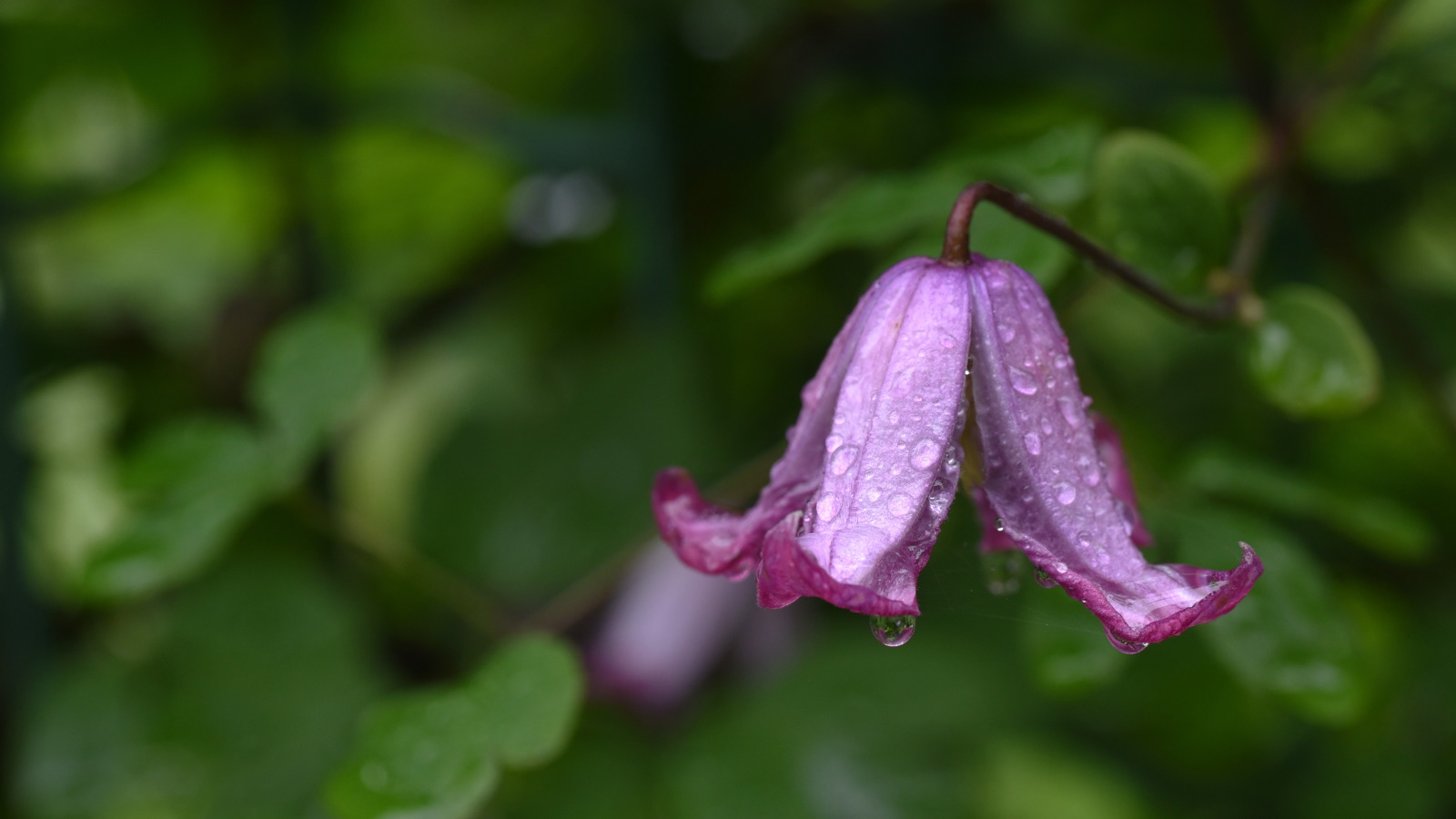

Pale leather flowers, or Clematis versicolor, are North American natives that produce unusual blooms during spring and summer. The drooping flowers, I think, appear like Christmas ornaments hanging on a tree. Unlike more familiar species, such as Clematis montana or Clematis armandii, both of which have open flowers, pale leather flowers are prized for these unique, bell-like blooms, making them one the best plants to cover a wall.
Pale leather flowers are found growing across the eastern and southeastern United States, thriving in woodland areas across Pennsylvania, Delaware, Georgia, and throughout the Mississippi Valley. When considering how to grow clematis, while most enjoy full sun and heat, this variety thrives in forests and wooded areas, meaning that it has slightly different growing requirements.
So, if you are looking for a native climber to add foliage and flowers to exterior walls, fences and structures, consider this sought-after vine. Here, one garden expert reveals how best to grow pale leather flowers for colorful blooms that are sure to turn heads.
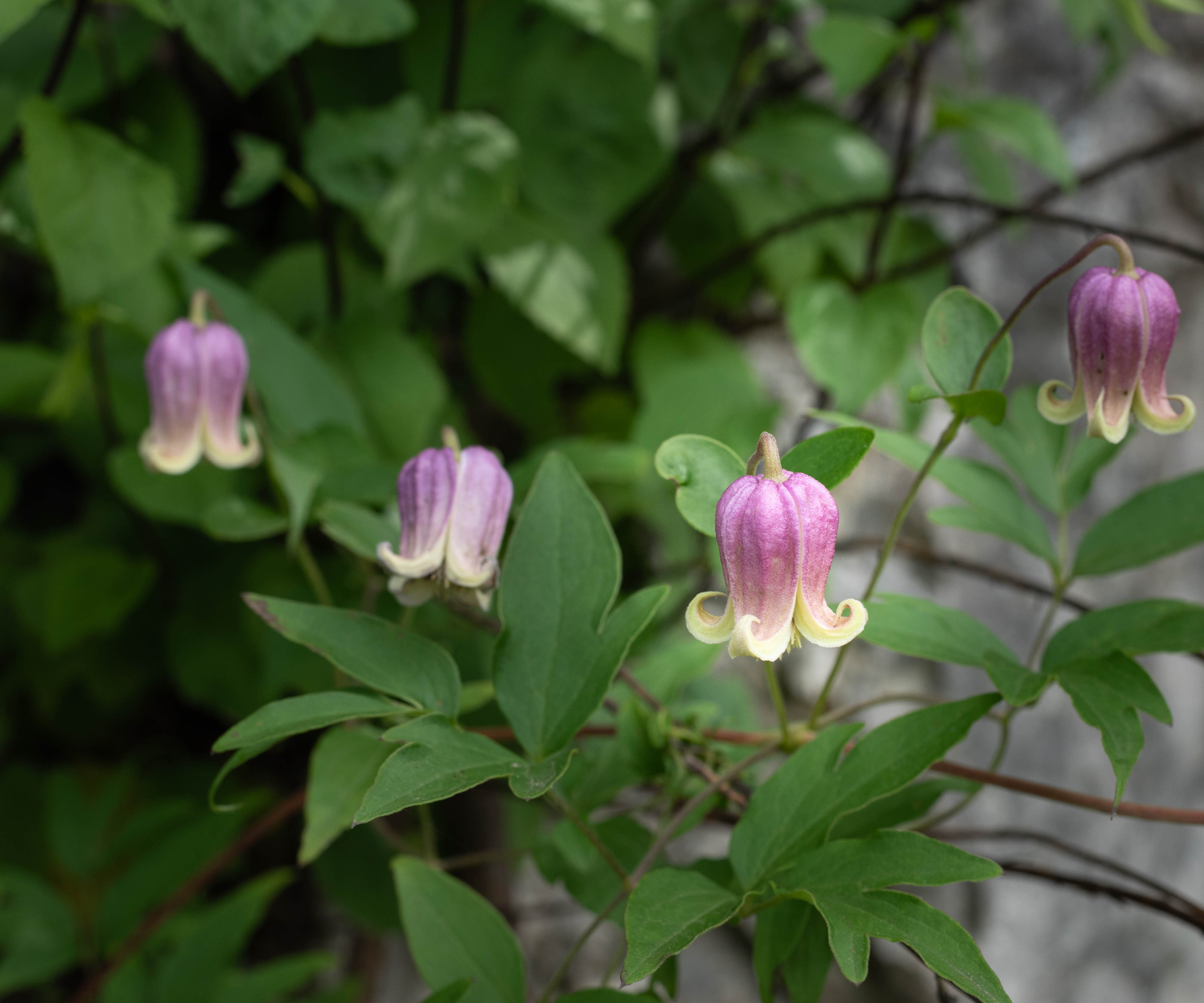
How to grow pale leather flowers
Clematis versicolor is often considered one of the best clematis species, providing year-round interest wherever it is grown. While the blooms of pale leather flowers steal the show in spring and summer, these turn to hairy seed clusters in the fall and winter months, complementing fall foliage displays in the yard.
Things to know about pale leather flowers
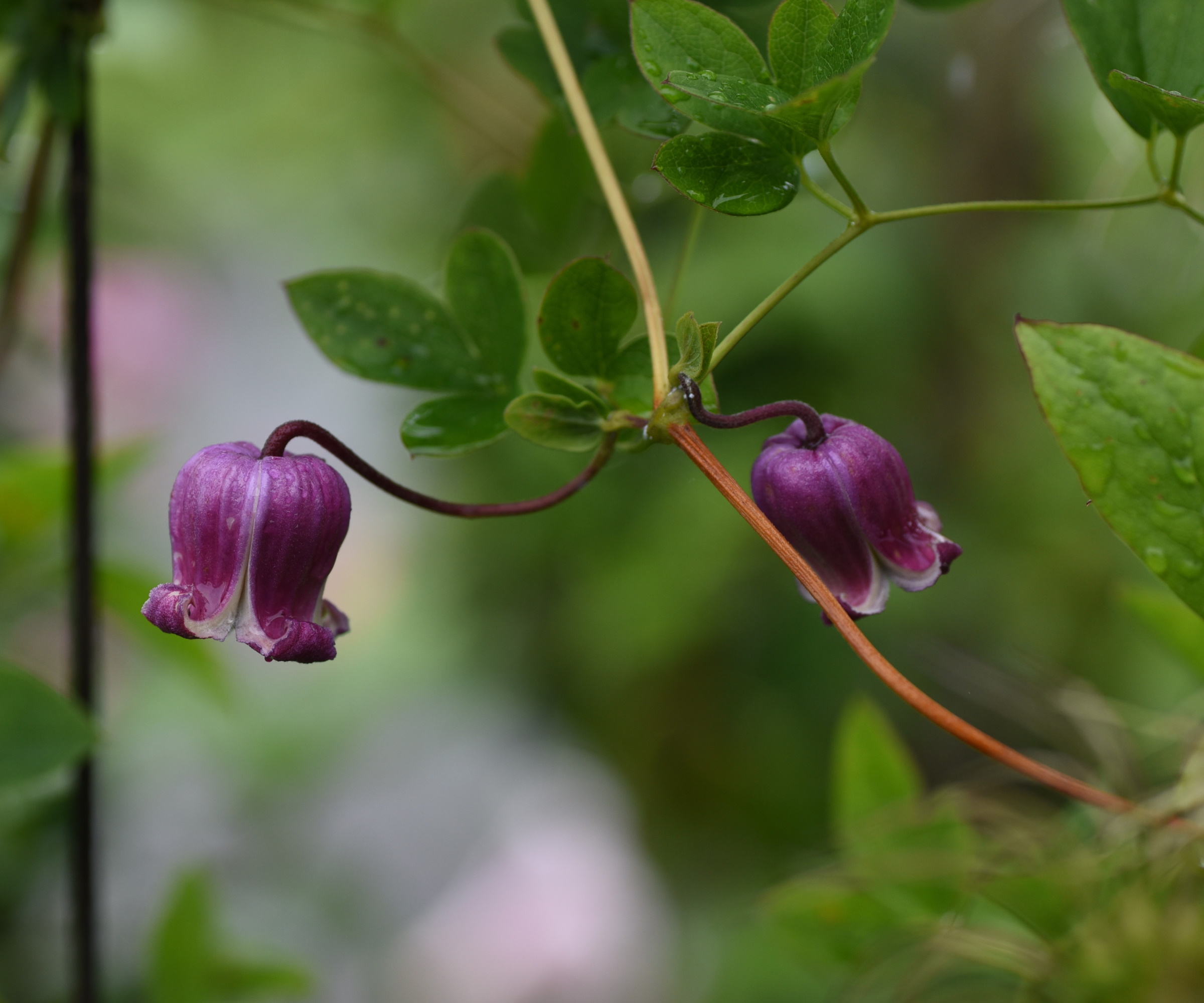
'The pale leather flower is one of our finest native plants,' says plant expert, Katie Sunderlage. 'Found growing across the southeastern and south-central United States, this species grows best in US hardiness zone 5 to zone 9.
'They generally grow anywhere from 6 to 10 feet tall and 2 to 3 feet wide,' Katie adds, 'but they do have a tendency to climb through other plants, so it is a good idea to give your pale leather flower space and support to grow where you want it to grow.'
For best results, Katie recommends 'planting your clematis in full sun or part-sun-part-shade, with evenly moist but well-drained soil.
'Like all clematis vines, it’s important to keep the roots cool, so protecting the base of your plant with evergreen groundcovers is a good idea.'

Operations Manager at Holland Group, managing the customer service department and purchasing. Katie has been in the green industry since 2005 in the Greater Milwaukee area, earning her degree in Horticulture in 2008. She has been able to share her love for plants working in multiple garden centers, in sales positions and most recently in an online retail platform at Holland Group.
Growing advice for pale leather flowers

- Soil: As a woodland plant, this clematis does prefer a moisture retentive soil, so annually applying some good quality organic soil, available from Walmart, is a good idea. This can help to improve the quality of rocky or sandy soils and ensure that moisture lingers in the ground, as opposed to quickly draining away. 'They tend to prefer an alkaline soil with a pH above 7.0,' Katie says. 'If your soil is acidic or neutral, adding lime will help lower the pH.' Garden lime is available from Amazon.
- Light: Plant your pale leather flower in a partially shaded spot. I recommend a position with morning light and afternoon shade, which should give your climber the best of both worlds. Planting in deep shade will result in poor flower production, so it is important to strike the right balance.
- Watering: 'Watering regularly, especially when first planted, is very important to help your plant establish roots,' Katie says. 'After the first year, watering needs will lessen. I would recommend applying mulch or planting a ground cover around the base of the plant to shield the roots from the hot sun and reduce the need for frequent watering.'
- Fertilizing clematis: 'In early spring, use a general-purpose fertilizer to help the plant to form buds and establish new growth,' Katie continues. 'Once the foliage has emerged, use a slow release bloom booster fertilizer for prolific flowering throughout the growing season.' Bloom booster fertilizers are available from Amazon.
- Pruning: 'Blooms will grow on new growth,' Katie says. 'It’s important to prune in late winter, typically around February or March, prior to new growth emerging.'
- Staking and support: 'Since native clematis is a vining plant, it is best to position it next to a trellis or fence, allowing it to climb upwards,' Katie says. 'It is essential to provide support for your plants to direct them where they should grow.' There are many different climbing plant support ideas to try, including trellises, obelisks, or even over doorways or arches. Plant supports and trellises are available to order online from Amazon.
- Growing in pots: 'Clematis versicolor can be grown in pots,' Katie adds. 'I would recommend a pot with a minimum 18 inches diameter, so there is room for the plant to grow and for a trellis or support.' It is a good idea to position your pot in a 'protected spot, where it will stay cold enough during the winter months to go dormant, but also where it is protected from very harsh conditions like ice and frost.'
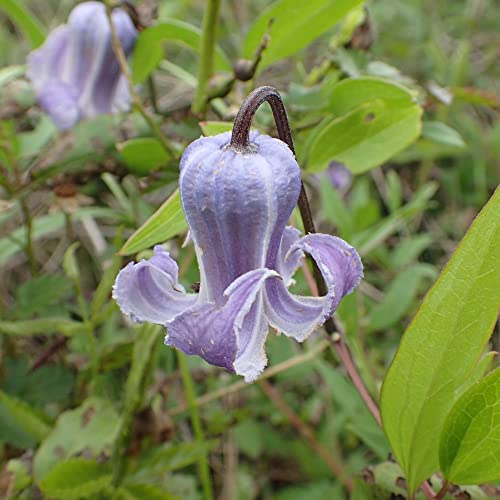
Clematis crispa, commonly known as the swamp leather flower, is another popular variety for its delicate and bell-shaped flowers.
FAQs
Are pale leather flowers pest-resistant?
Generally, this native species is considered tough and pest-free. Aphids and mealybugs can be a cause for concern, but established plants will tolerate and survive any annual pest attacks. Regularly inspect your plant for signs of problems, monitoring for yellowing, browning or wilted leaves.
Can I grow Clematis versicolor as a ground cover plant?
'Yes, you can grow this clematis as a groundcover plant,' Katie says. 'It will spread throughout a garden bed if it does not have something to climb over or across. Be warned, however, the vines will become entangled with other plants in the area, possibly causing harm, so pruning and upkeep will be required.'
For a unique and pollinator-friendly climber, growing native plants like pale leather flowers will encourage butterflies, bees and hummingbirds to visit your yard. Before you know it, your borders will be humming with wildlife. For more clematis information, see our guide on how to propagate clematis, and grow your climbing plant collection for free this year.
Sign up to the Homes & Gardens newsletter
Design expertise in your inbox – from inspiring decorating ideas and beautiful celebrity homes to practical gardening advice and shopping round-ups.

Thomas is a Content Editor within the Gardens Team at Homes and Gardens. He has worked as a professional gardener for both public spaces and private estates, specializing in productive gardening, growing food and flowers. Trained in Horticulture at the Garden Museum, he has written on gardening and garden history for various publications, including The English Garden, Gardens Illustrated, Hortus, The London Gardener and Bloom. He has co-authored a Lonely Planet travel book, The Tree Atlas, due out in 2024.
-
 Plants never to grow next to fruit trees
Plants never to grow next to fruit treesExpert advice on which plants to keep away from fruit trees to encourage a healthy harvest
By Jacky Parker Published
-
 Martha Stewart's tips for arranging daffodils are unbelievably simple and effective – it's the only flower advice you need this springtime
Martha Stewart's tips for arranging daffodils are unbelievably simple and effective – it's the only flower advice you need this springtimeMartha shows us that we can create gorgeous bouquets of this seasonal flower by simply trimming the stems and placing them in specific vases
By Hannah Ziegler Published
-
 How to grow astilbe – expert advice on cultivating this shade-tolerant flowering perennial
How to grow astilbe – expert advice on cultivating this shade-tolerant flowering perennialShade-tolerant and pest-resistant - astilbe are hardy and tough perennials that can thrive in many settings
By Ellen Wells Published
-
 7 native perennials to plant in April – for glorious flowering displays to attract bees, butterflies, and hummingbirds
7 native perennials to plant in April – for glorious flowering displays to attract bees, butterflies, and hummingbirdsDiscover some of the best perennials to plant in April to make your garden a hotspot for wildlife
By Drew Swainston Published
-
 Is the viral salt hack the secret to a weed-free patio? A garden expert warns of irreparable, long-term damage – plus reveals the safest way to get results
Is the viral salt hack the secret to a weed-free patio? A garden expert warns of irreparable, long-term damage – plus reveals the safest way to get resultsYou might have seen gardeners on TikTok or Instagram using salt to kill weeds in pavers, but this hack should be avoided at all costs
By Thomas Rutter Published
-
 Worst-smelling plants to avoid – experts reveal 5 pungent species and suggest perfumed options to grow instead
Worst-smelling plants to avoid – experts reveal 5 pungent species and suggest perfumed options to grow insteadThese are some of the worst-smelling plants that can cause quite a stink
By Thomas Rutter Published
-
 How to fertilize magnolias – garden experts reveal the secrets to better blooming, and timing is critical
How to fertilize magnolias – garden experts reveal the secrets to better blooming, and timing is criticalMagnolias are famed for their spring flowers, and feeding at the right time can give trees a boost
By Thomas Rutter Published
-
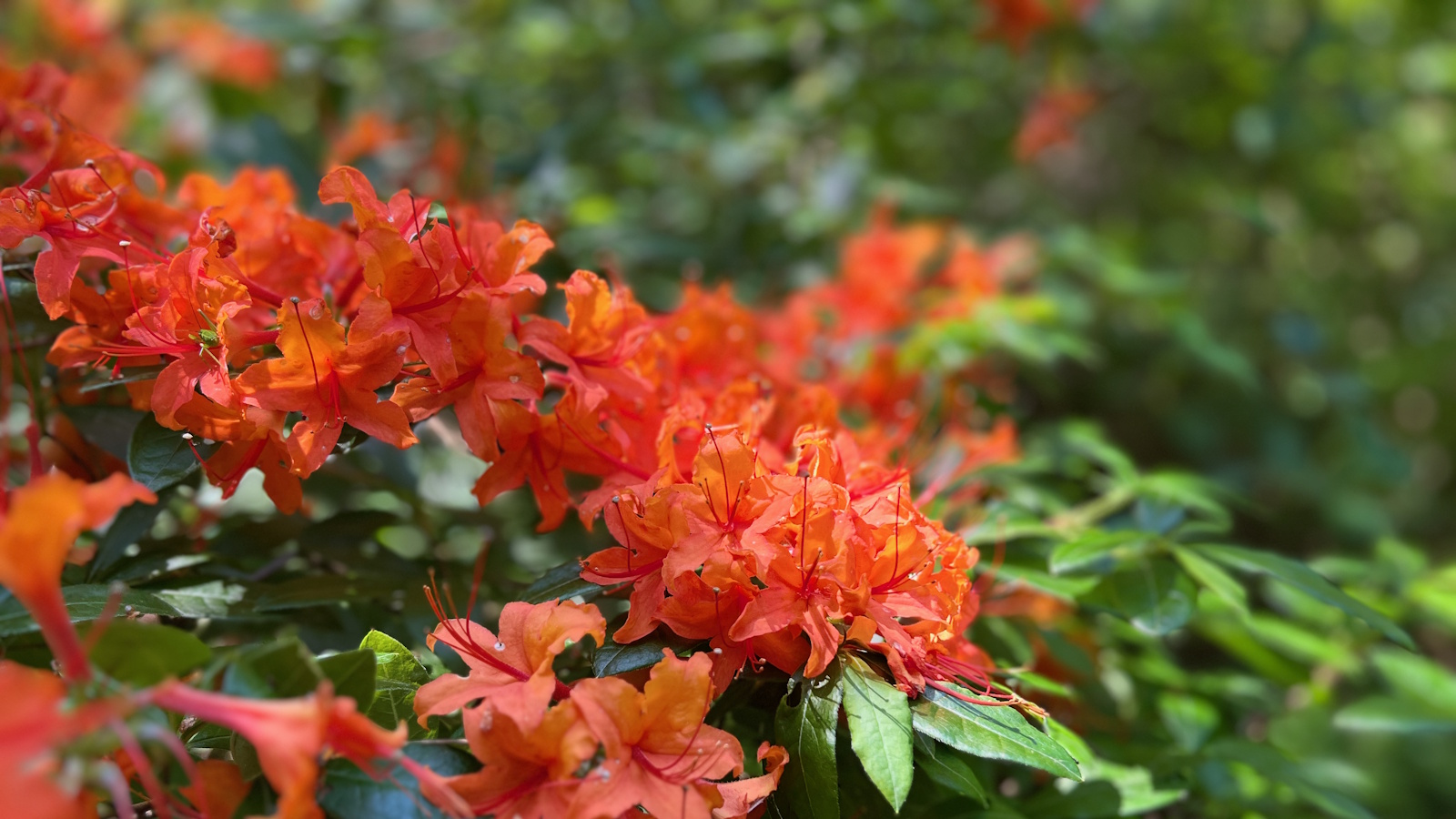 How to revive old rhododendron plants – pruning advice from a professional gardener to save your struggling shrubs
How to revive old rhododendron plants – pruning advice from a professional gardener to save your struggling shrubsWith the right pruning approach, you can rejuvenate old and woody rhododendrons
By Thomas Rutter Published
-
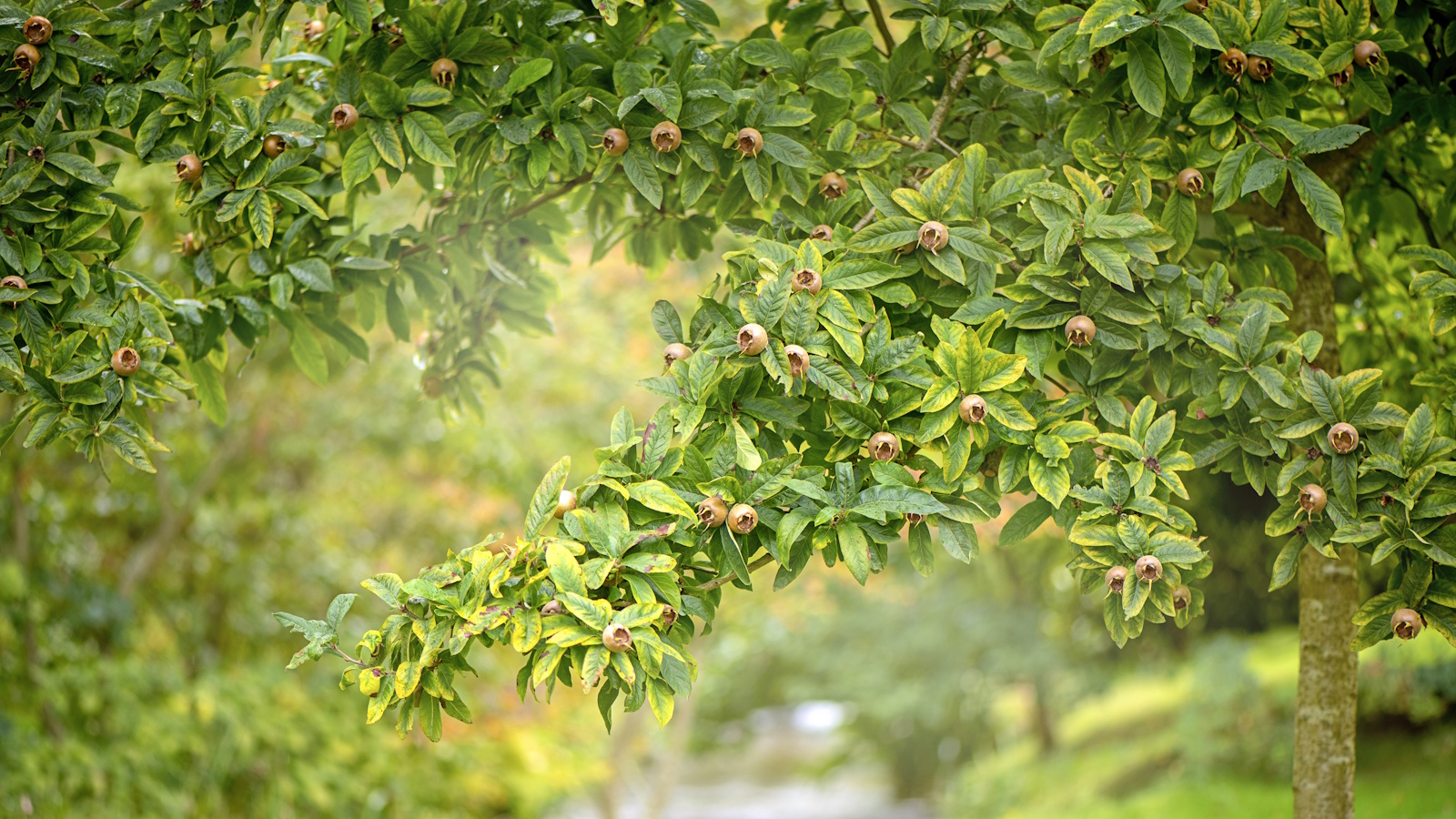 How to grow medlar trees – to enjoy a harvest of unusual fruits from this forgotten heritage species
How to grow medlar trees – to enjoy a harvest of unusual fruits from this forgotten heritage speciesMedlar fruits were once a popular delicacy, yet today, they are a rare find
By Thomas Rutter Published
-
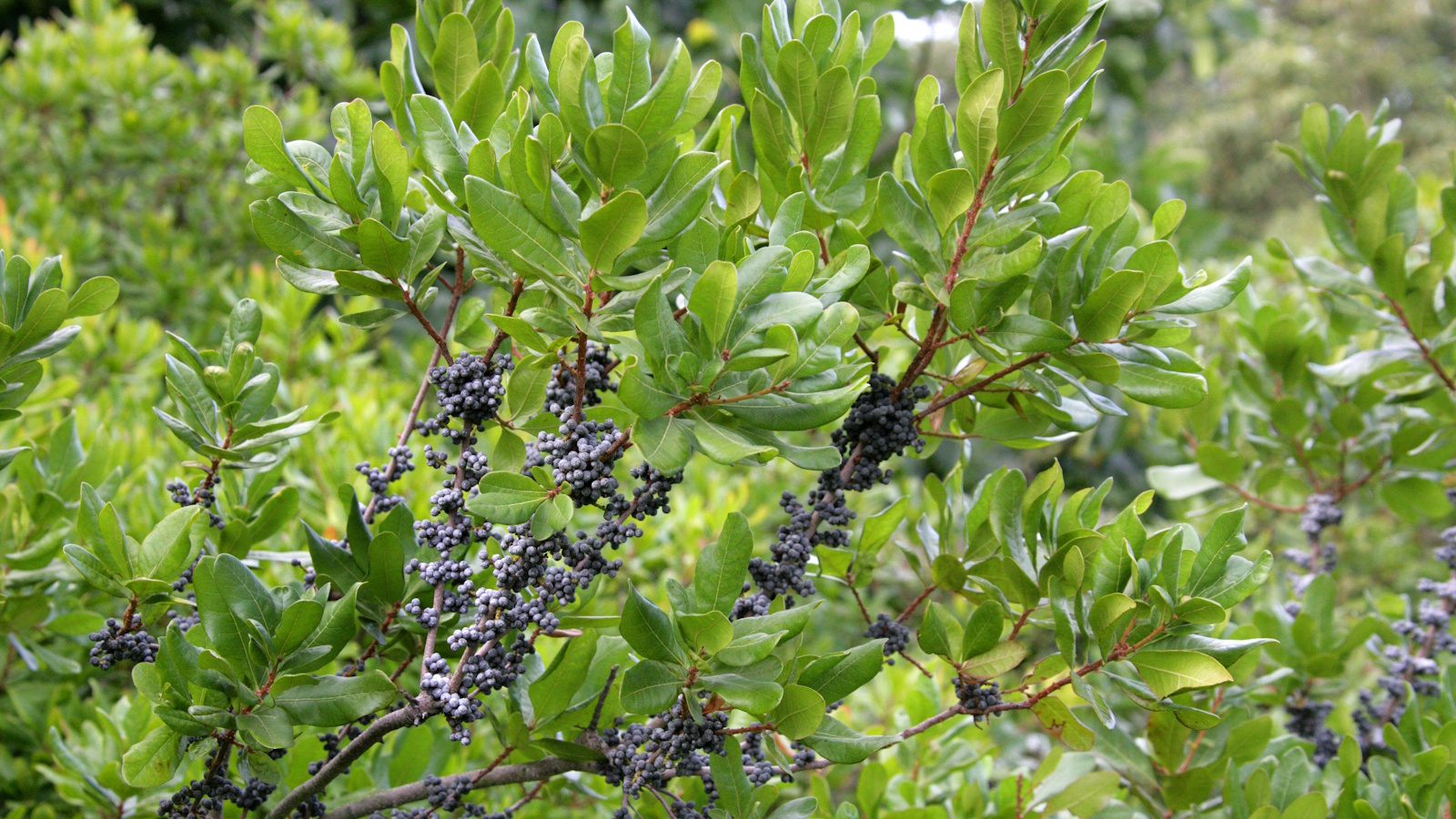 Best fragrant shrubs – 5 perfumed plants to transform garden borders and pot displays this summer
Best fragrant shrubs – 5 perfumed plants to transform garden borders and pot displays this summerGrow one or more of the best fragrant shrubs to add a sensory element to your yard
By Thomas Rutter Published